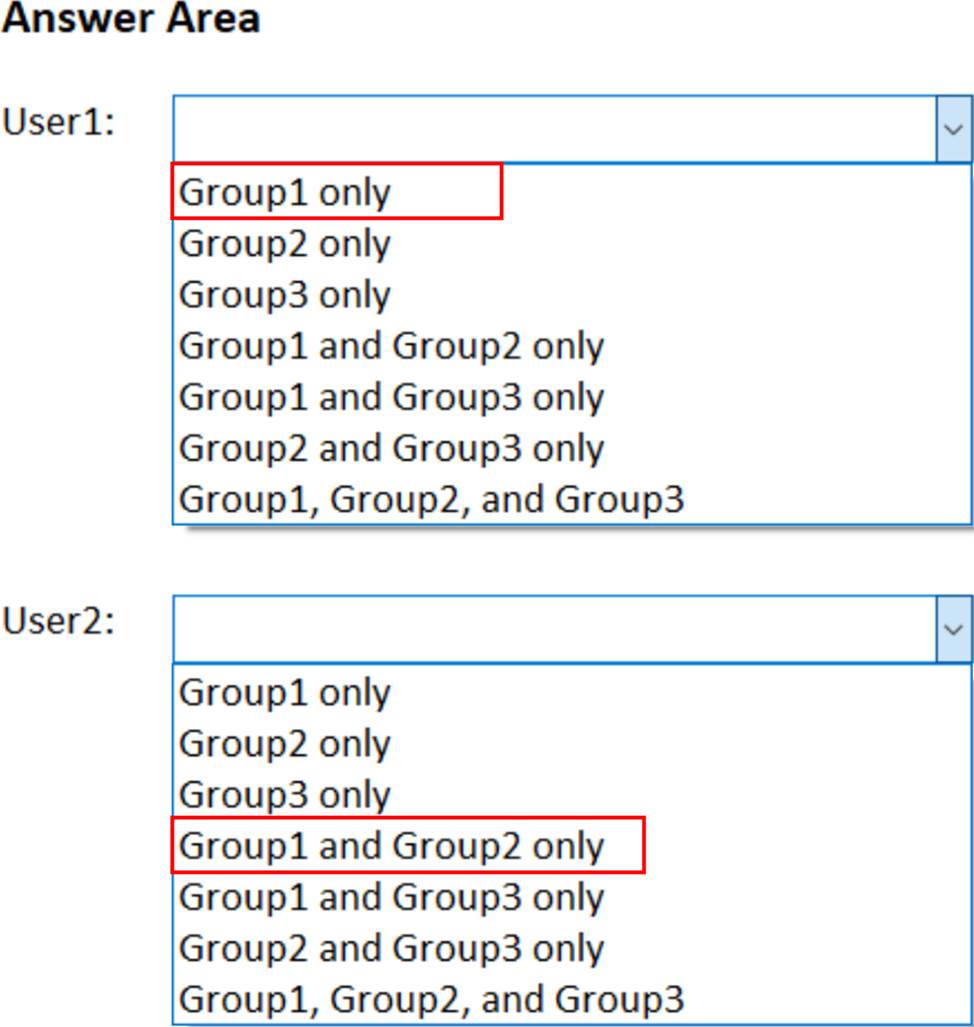Microsoft AZ-102 Microsoft Azure Administrator Certification Transition Online Training
Microsoft AZ-102 Online Training
The questions for AZ-102 were last updated at Dec 30,2024.
- Exam Code: AZ-102
- Exam Name: Microsoft Azure Administrator Certification Transition
- Certification Provider: Microsoft
- Latest update: Dec 30,2024
Note: This is a lab or performance-based testing (PBT) question. To answer, you will perform a set of tasks in a live environment. Some functionality (e.g. copy and paste) will not be possible by design. Scoring is based on the outcome of performing the tasks stated in the lab. It doesn’t matter how you accomplish the goal.
You need to deploy an Azure load balancer named lb1016 to your Azure subscription.
The solution must meet the following requirements:
• Support the load balancing of IP traffic from the Internet to Azure virtual machines connected to VNET1016subnet0.
• Provide a Service level Agreement (SLA) of 99.99 percent availability for the Azure virtual machines.
• Minimize Azure-related costs.
What should you do from the Azure portal? (This question has to be solved in a lab environment. Click on Solution to see a valid example solution. Answer "True" if you can solve the problem, otherwise select "Wrong".
To complete this task, you do NOT need to wait for the deployment to complete. Once the deployment starts in Azure, you can move to the next task.)
Solution:
Step 01: Connect to Azure portal. Type https://portal.azure.com in the browser address bar and use the provided credentials for Sign in.
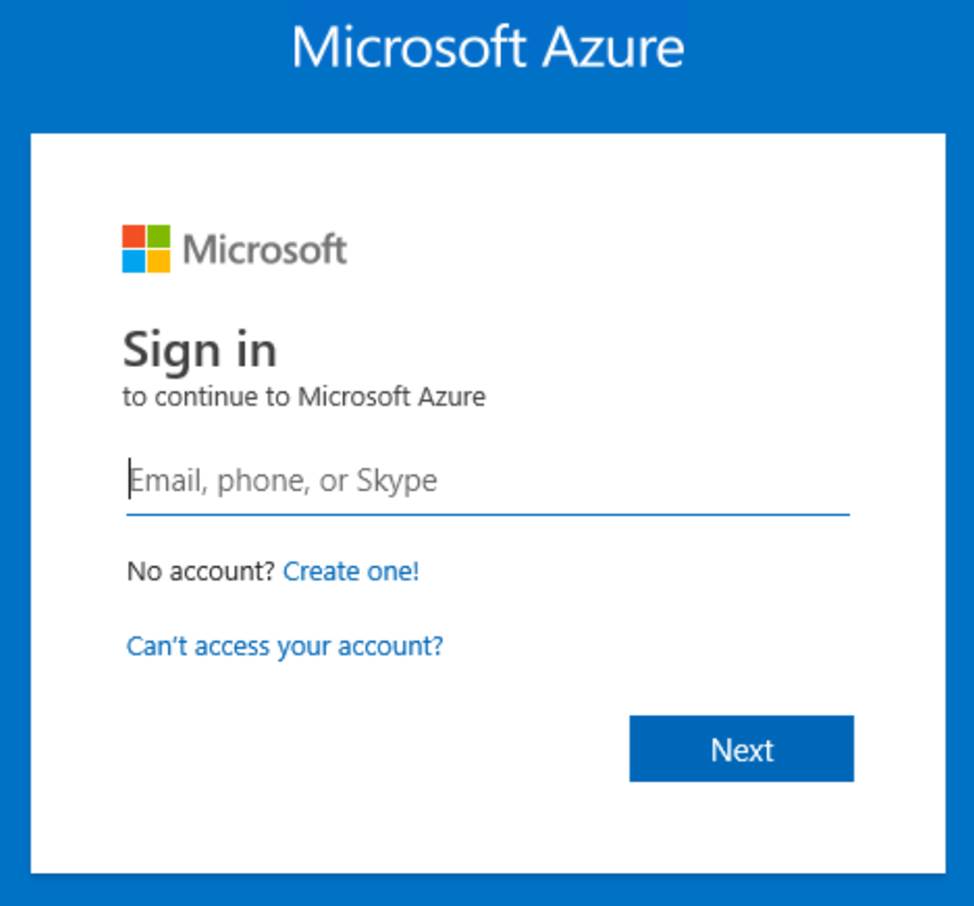
Step 02: Click on Create a resource, choose Networking and click Load Balancer.
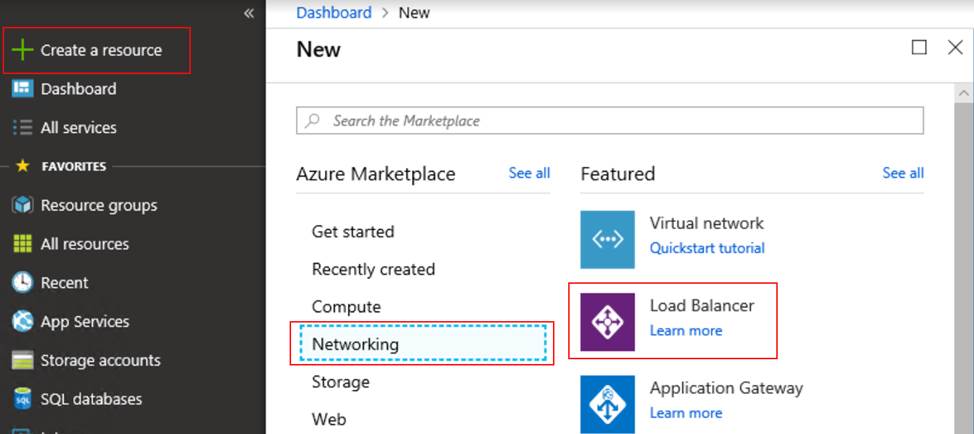
Step 03: To load balance IP traffic from the Internet, we need to create a public type load balancer.
Note: Microsoft guarantees that a Load Balanced Endpoint using Azure Standard Load Balancer, serving two or more Healthy Virtual Machine Instances, will be available 99.99% of the time. Basic Load Balancer is excluded from this SLA (Reference: SLA for Load Balancer). Therefore we need to choose the Standard SKU.
Configure the following settings and click on Create.
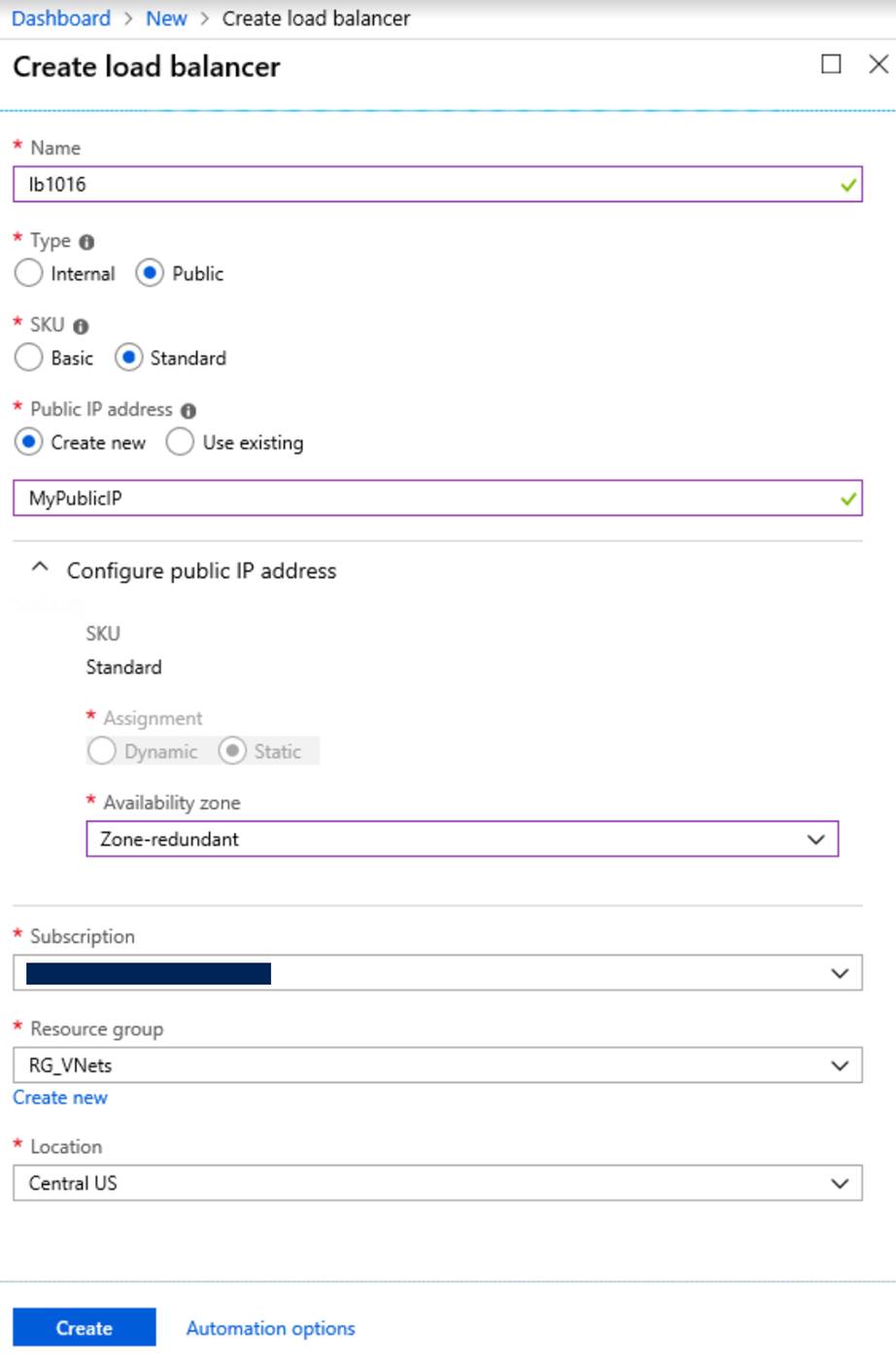
Reference: Quickstart: Create a Standard Load Balancer to load balance VMs using the Azure portal
- A . True
- B . False
Note: This is a lab or performance-based testing (PBT) question. To answer, you will perform a set of tasks in a live environment. Some functionality (e.g. copy and paste) will not be possible by design. Scoring is based on the outcome of performing the tasks stated in the lab. It doesn’t matter how you accomplish the goal.
You plan to connect a virtual network named VNET1017 to your on-premises network by using both an Azure ExpressRoute and a site-to-site VPN connection.
You need to prepare the Azure environment for the planned deployment. The solution must maximize the IP address space available to Azure virtual machines.
What should you do from the Azure portal before you create the ExpressRoute are the VPN gateway? (This question has to be solved in a lab environment. Click on Solution to see a valid example solution. Answer "True" if you can solve the problem, otherwise select "Wrong".)
Solution:
Before we add the VPN appliances, we need to add a gateway subnet to VNet1017.
Step 01: Connect to Azure portal. Type https://portal.azure.com in the browser address bar and use the provided credentials for Sign in.
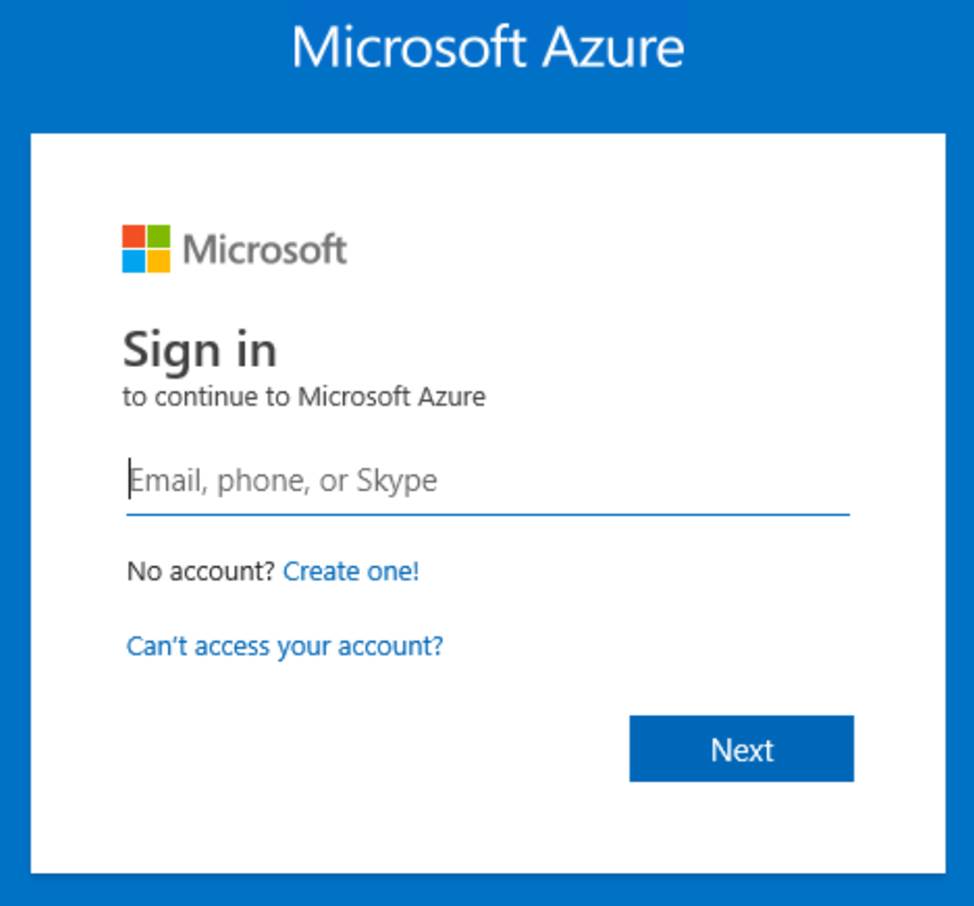
Step 02: In Azure Portal type "VNet1017" in the search box and click on the found virtual network. On the VNet1017 blade click on Subnets, then click on + Gateway subnet.
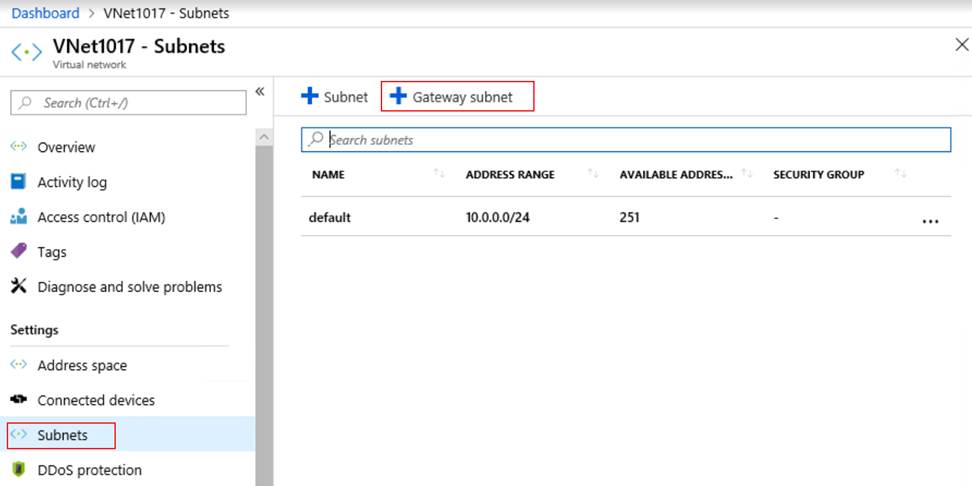
Step 03: The Name for your subnet is automatically filled in with the value "GatewaySubnet". This value is required in order for Azure to recognize the subnet as the gateway subnet. To maximize the IP address space available to Azure virtual machines, we should minimize the address space for the gateway subnet. Then, click OK to save the values and create the gateway subnet.
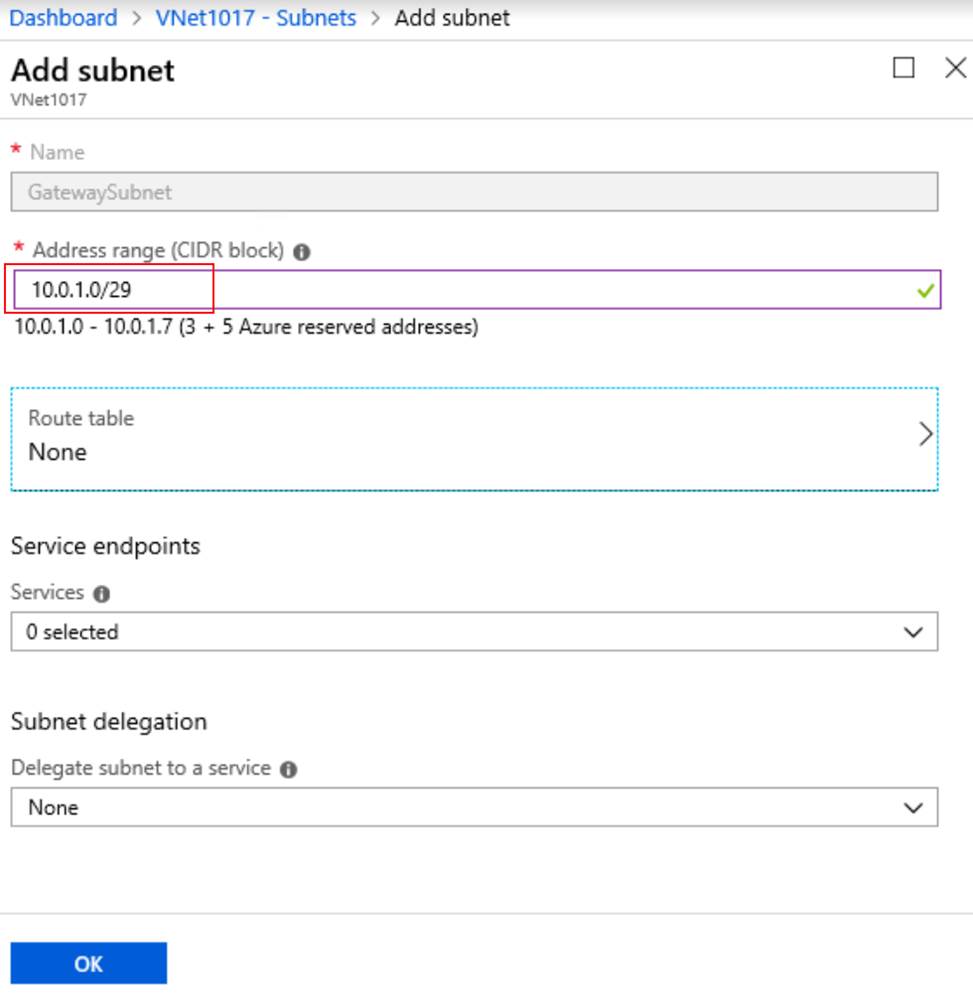
Reference: Configure a virtual network gateway for ExpressRoute using the Azure portal
- A . True
- B . False
Note: This is a lab or performance-based testing (PBT) question. To answer, you will perform a set of tasks in a live environment. Some functionality (e.g. copy and paste) will not be possible by design. Scoring is based on the outcome of performing the tasks stated in the lab. It doesn’t matter how you accomplish the goal.
You plan to grant the members of a new Azure AD group named corp75099086 the right to delegate administrative access to any resource in the resource group named RG7509086.
You need to create the Azure AD group and then to assign the correct role to the group. The solution must use the principle of least privilege and minimize the number of role assignments.
What should you do from the Azure portal? (This question has to be solved in a lab environment. Click on Solution to see a valid example solution. Answer "True" if you can solve the problem, otherwise select "Wrong".)
Solution:
Step 01: Connect to Azure portal. Type https://portal.azure.com in the browser address bar and use the provided credentials for Sign in.
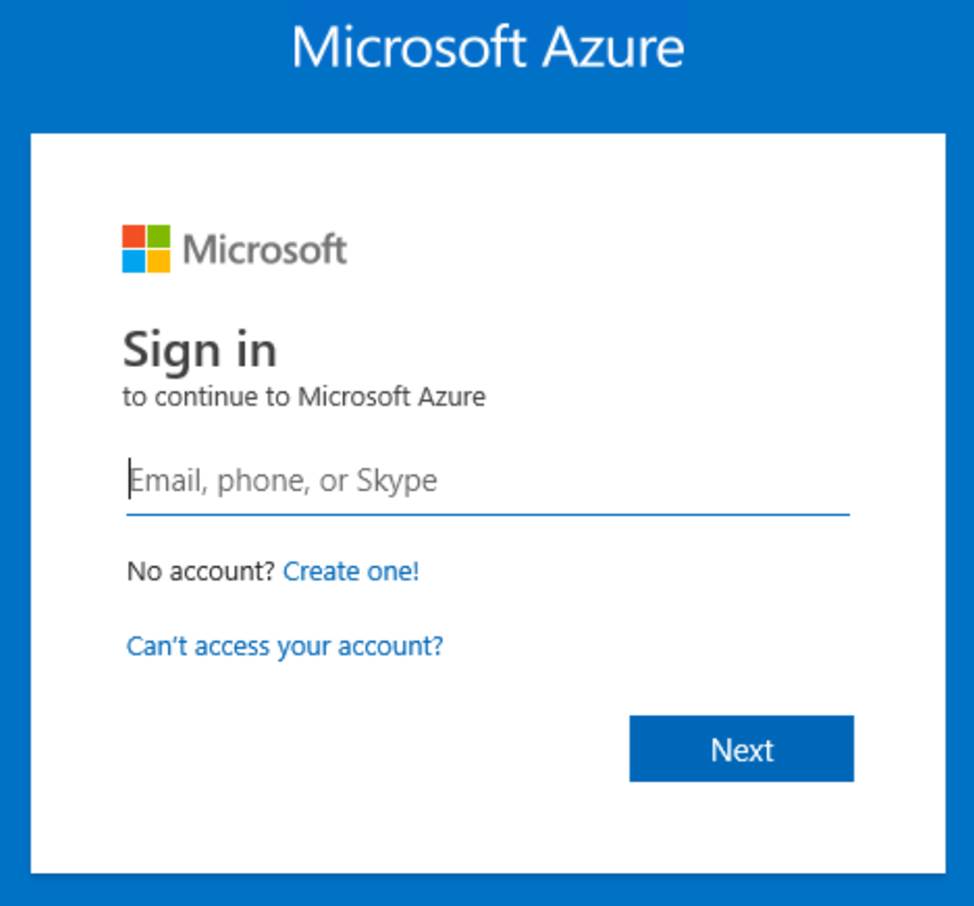
Step 02: First, we need to create the new Azure AD group named corp75099086. Open the Azure AD blade, click on Groups, then click on +New group.
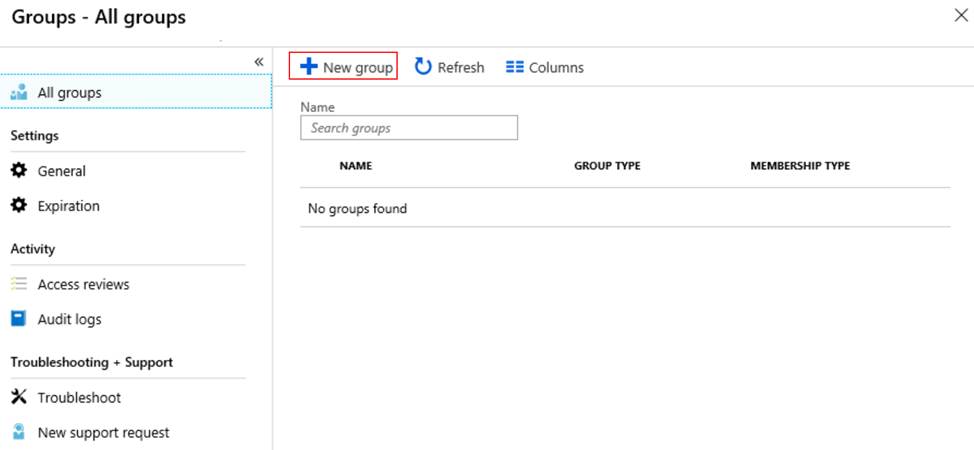
Step 03: Choose the group type Security, fill in the group name and choose the membership type Assigned. Then click on Create
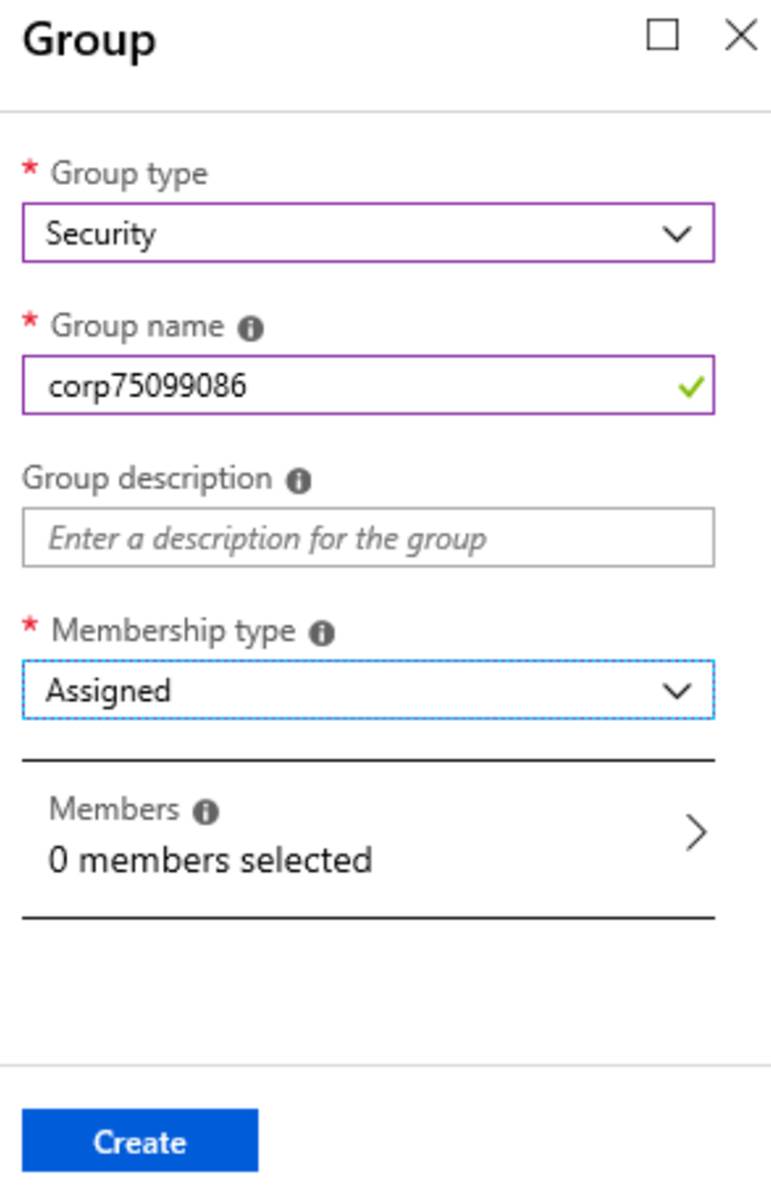
Step 04: Open the RG7509086 balde, click on Access control (IAM), then click on +Add role assignment.
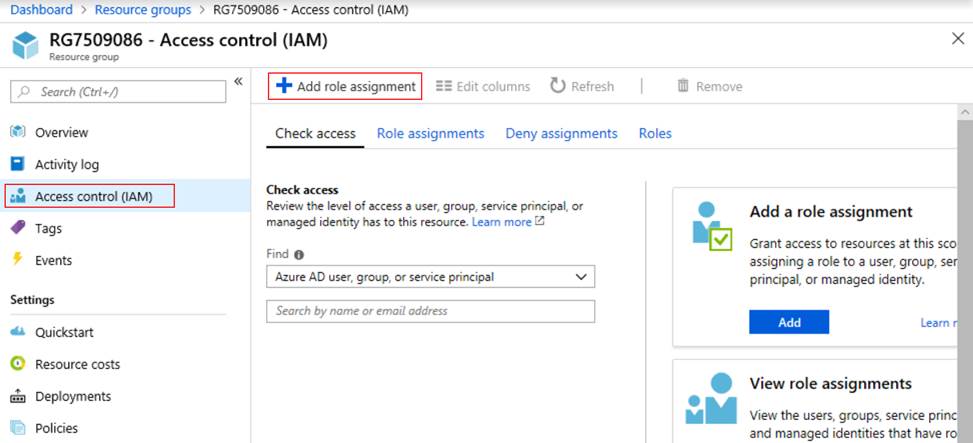
Step 04: Choose the Owner role and select the group you created before. Then click on Save. The owner role allows to manage everything, including permissions, for the chosen resource.
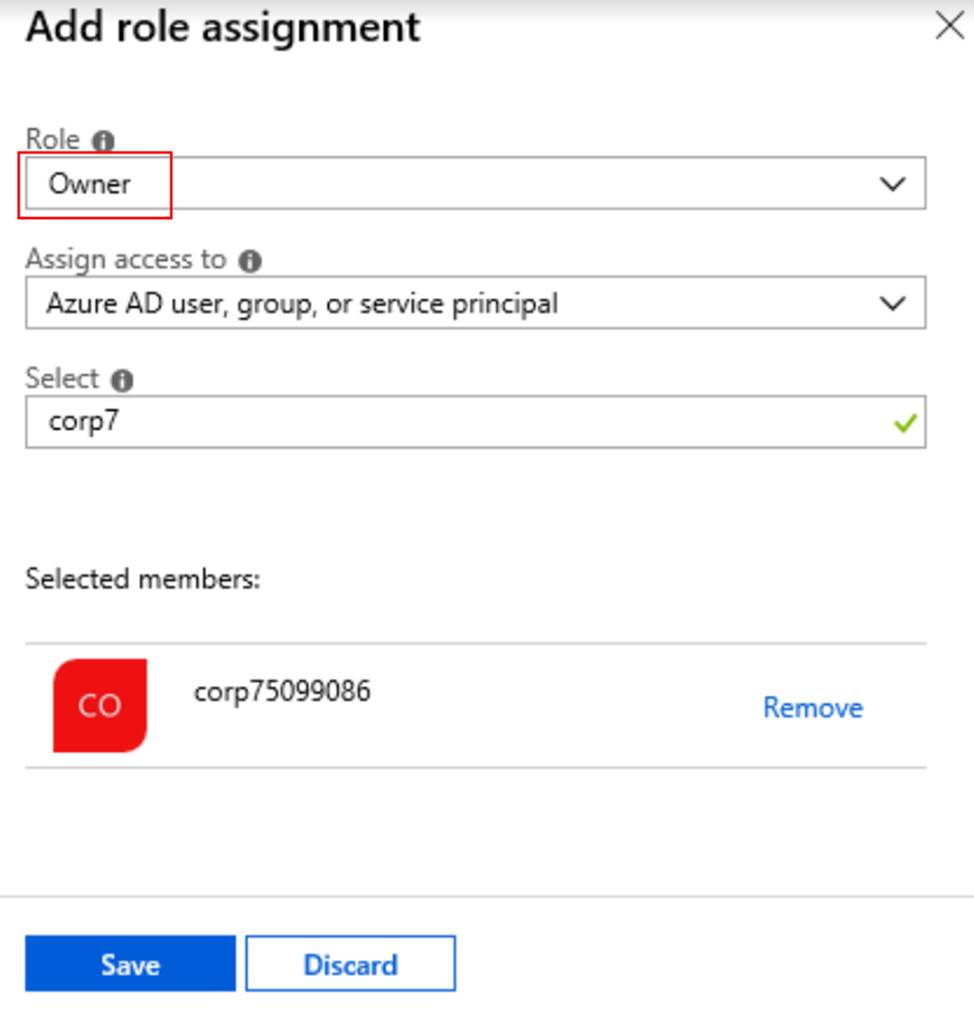
- A . True
- B . False
Note: This question is part of a series of questions that present the same scenario. Each questions in the series contains a unique solution that might meet the stated goals. Some questions sets might have more than one correct solution, while others might not have a correct solution. Determine whether the solution meets the stated goals.
You have an Azure web app named Appl. App1 runs in an Azure App Service plan named Plan1. Plan1 is associated to the Free pricing tier.
You discover that App1 stops each day after running continuously for 60 minutes. You need to ensure that App1 can run continuously for the entire day.
Solution: You change the pricing tier of Plan1 to Basic.
Does this meet the goal?
- A . Yes
- B . No
Note: This question is part of a series of questions that present the same scenario. Each questions in the series contains a unique solution that might meet the stated goals. Some questions sets might have more than one correct solution, while others might not have a correct solution. Determine whether the solution meets the stated goals.
You have an Azure web app named Appl. App1 runs in an Azure App Service plan named Plan1. Plan1 is associated to the Free pricing tier.
You discover that App1 stops each day after running continuously for 60 minutes. You need to ensure that App1 can run continuously for the entire day.
Solution: You add a triggered WebJob to App1.
Does this meet the goal?
- A . Yes
- B . No
Note: This question is part of a series of questions that present the same scenario. Each questions in the series contains a unique solution that might meet the stated goals. Some questions sets might have more than one correct solution, while others might not have a correct solution. Determine whether the solution meets the stated goals.
You have an Azure web app named Appl. App1 runs in an Azure App Service plan named Plan1. Plan1 is associated to the Free pricing tier.
You discover that App1 stops each day after running continuously for 60 minutes. You need to ensure that App1 can run continuously for the entire day.
Solution: You change the pricing tier of Plan1 to Shared.
Does this meet the goal?
- A . Yes
- B . No
Note: This question is part of a series of questions that present the same scenario. Each questions in the series contains a unique solution that might meet the stated goals. Some questions sets might have more than one correct solution, while others might not have a correct solution. Determine whether the solution meets the stated goals.
You have an Azure subscription named Subscription1. The subscription contains an Azure Active Directory (Azure AD) tenant named Adatum and a resource group named Dev. Adatum contains a group named Developers.
You need to provide the Developers group with the ability to create Azure logic apps in the Dev resource group.
Solution: On Dev, you assign the Logic App Contributor role to the Developers group.
Does this meet the goal?
- A . Yes
- B . No
You have an Azure Active Directory (Azure AD) tenant named contoso.onmicrosoft.com that contains 100 user accounts.
You purchase 10 Azure AD Premium P2 licenses for the tenant.
You need to ensure that 10 users can use all the Azure AD Premium features.
What should you do?
- A . From the Groups blade of each user, invite the users to a group.
- B . From the Licenses blade of Azure AD, assign a license.
- C . From the Directory role blade of each user, modify the directory role.
- D . From the Azure AD domain, add an enterprise application.
You have an Azure Active Directory (Azure AD) tenant that has the initial domain name. You have a domain name of contoso.com registered at a third-party registrar.
You need to ensure that you can create Azure AD users that have names containing a suffix of @contoso.com.
Which three actions should you perform in sequence? (To answer, move the appropriate cmdlets from the list of cmdlets to the answer area and arrange them in the correct order.)
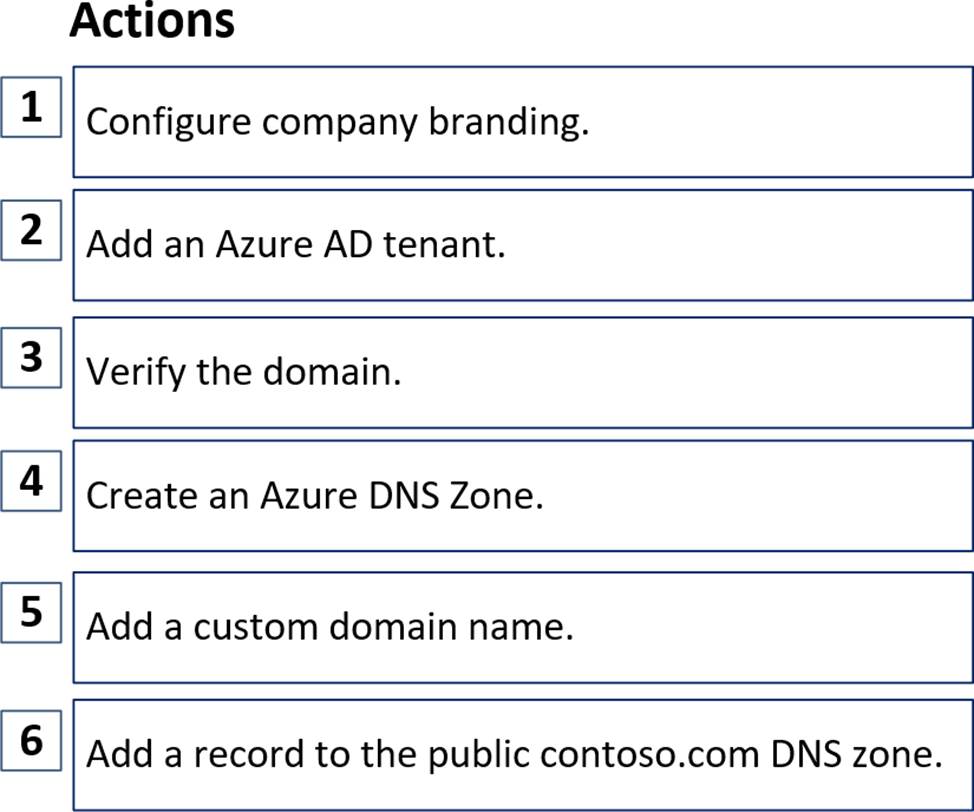
- A . Sequence: 5, 6, 3
- B . Sequence: 5, 4, 3
- C . Sequence: 2, 4, 1
- D . Sequence: 4, 6, 3
You have an Azure Active Directory (Azure AD) tenant named adatum.com.
Adatum.com contains the groups in the following table.

You create two user accounts that are configured as shown in the following table.

To which groups do User1 and User2 belong? (To answer. select the appropriate options in the answer area. NOTE: Each correct selection is worth one point.)
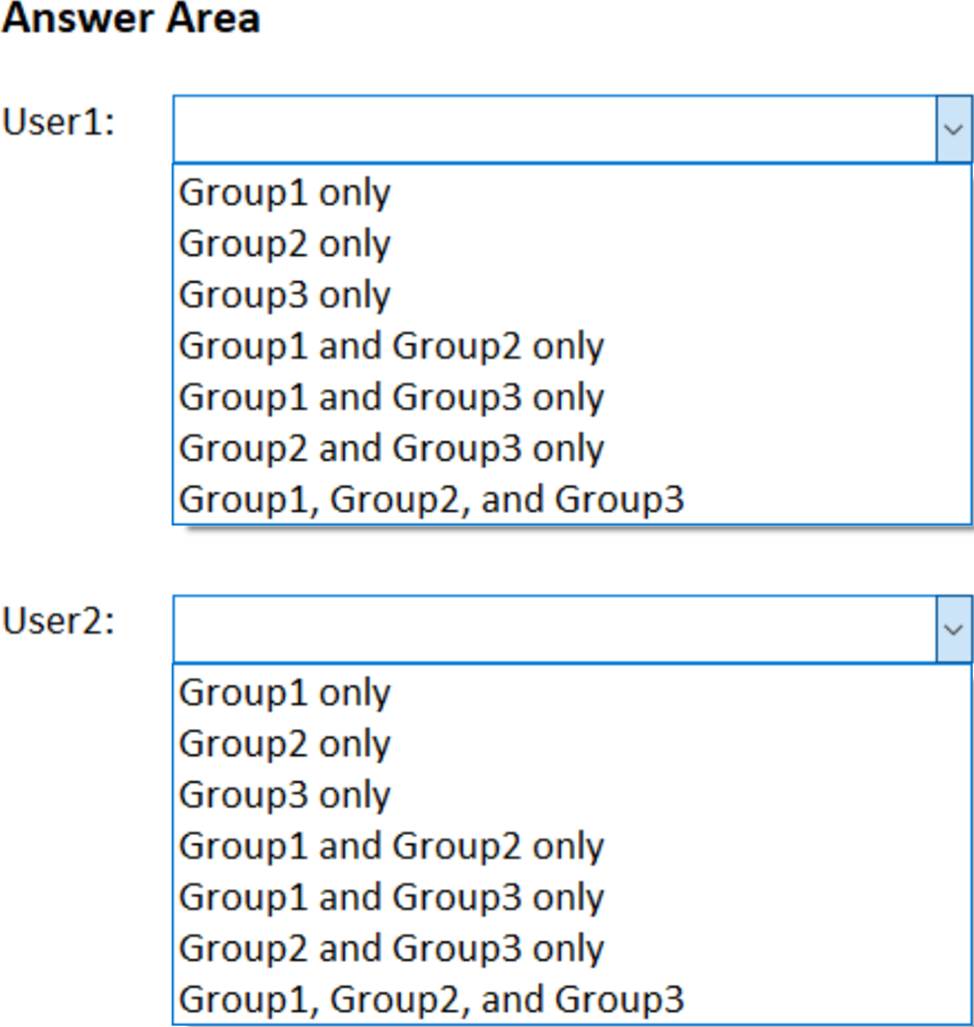
Latest AZ-102 Dumps Valid Version with 199 Q&As
Latest And Valid Q&A | Instant Download | Once Fail, Full Refund

